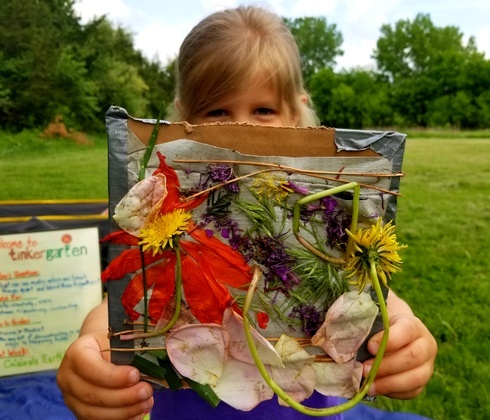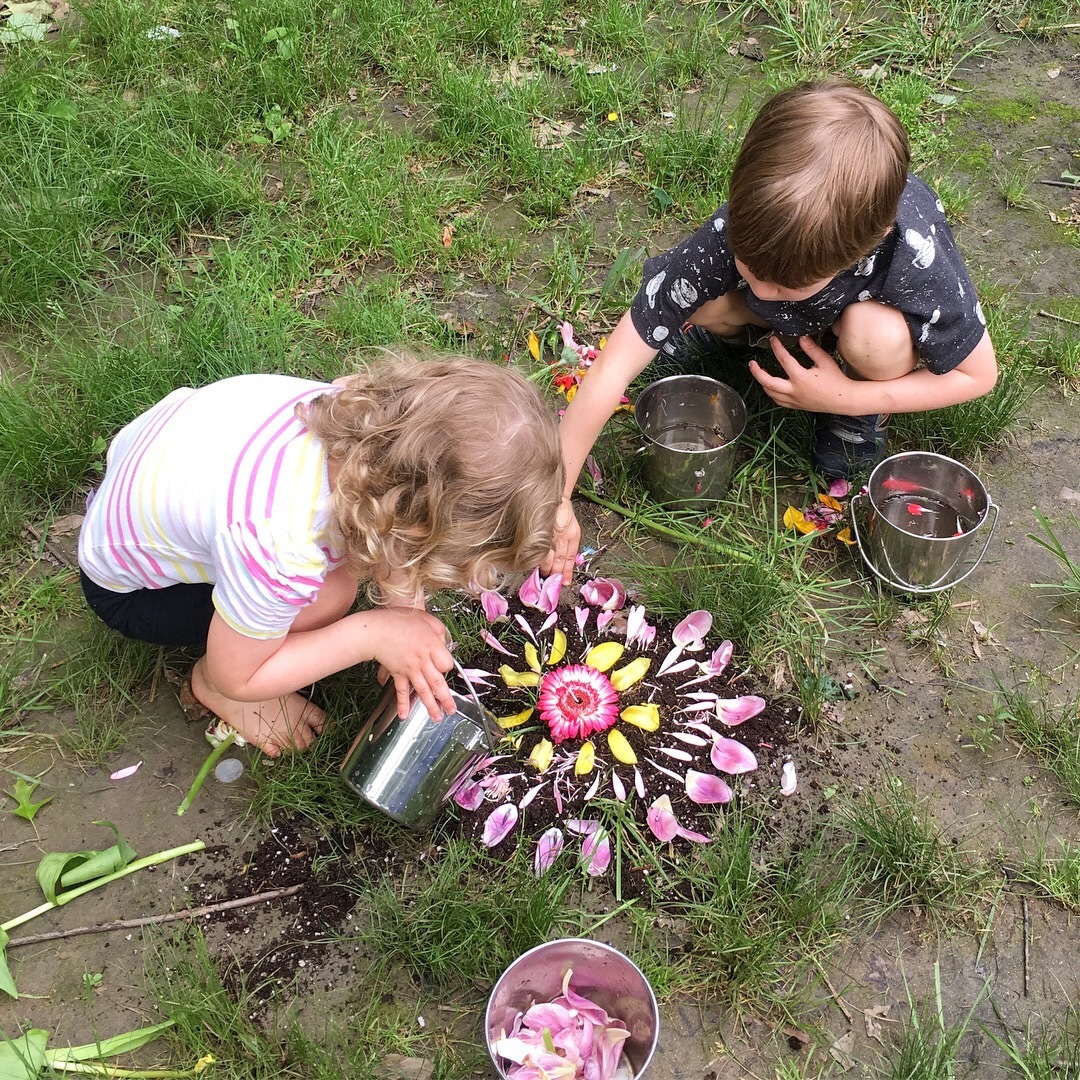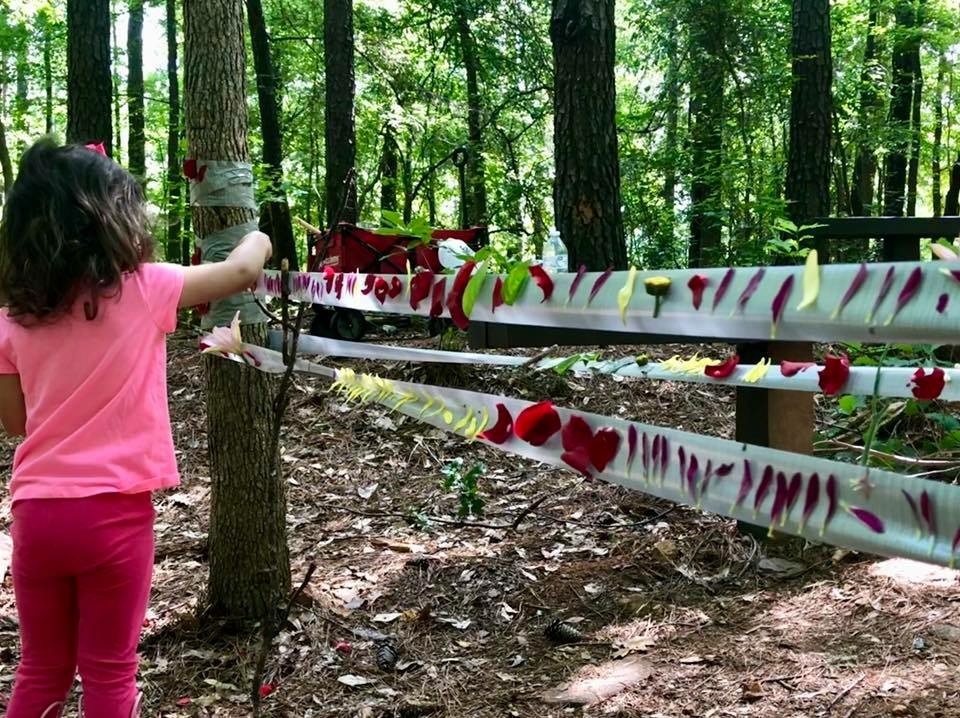Making Connections that Stick
“Eventually everything connects – people, ideas, objects. The quality of the connections is the key to quality.” – Charles Eames
One of the most compelling experiences parents have is seeing a child make a connection between things—the lightbulb moment when seemingly random symbols on a page transforms into a story, when they go apple picking and realize that the apples they eat all the time grow on trees, when they realize that their grandma is actually YOUR mom...to name a few.
But then there is another type of connecting that is extremely powerful for young kids—and it’s literally the connecting of objects to one another in myriad ways. Linking LEGO, using glue, tape or stickers, or linking trains in a long line are ways we see them practicing this "connecting." And, we see kids practice this all over the world. In fact, it is one of several patterns play experts refer to as "behavioral schema." Behavioral schema are basically a set of common patterns of repeatable behavior that kids worldwide demonstrate in their play. To adults, they may seem random, but are actually helping them to develop physically and cognitively. There are several types of schema which you can read about here, one of which is connecting, our focus for this week's activities.
This Week's Activities
For this week’s challenge, we present two approaches to connecting things to one another. Both have nature treasures at their core, and tape as a connecting tissue. For the Spring 2020 season of Tinkergarten we’re using paper tape in an effort to be more green with our materials. Additionally, mud, play dough, tree sap can all be good mechanisms for making connections.
In ‘Parts and Wholes’, everyone gathers nature treasures (pine cones, sticks, flowers, grasses) or ‘wholes’, breaks them apart, and then uses the resulting ‘parts’ to make something new. This is not only a chance to deconstruct objects, but a chance to do some connecting. Whether you use some kind of connecting medium (mud, tape or glue) or simply place things in a row or series next to one another, end to end.
In ‘Redesigning Nature’, kids get a chance to do just that. They find a tree, rock, or other flat nature surface, cover it in adhesive (tape or whatever works for you) and then connect away as they stick on pieces of nature treasures that they collect.


